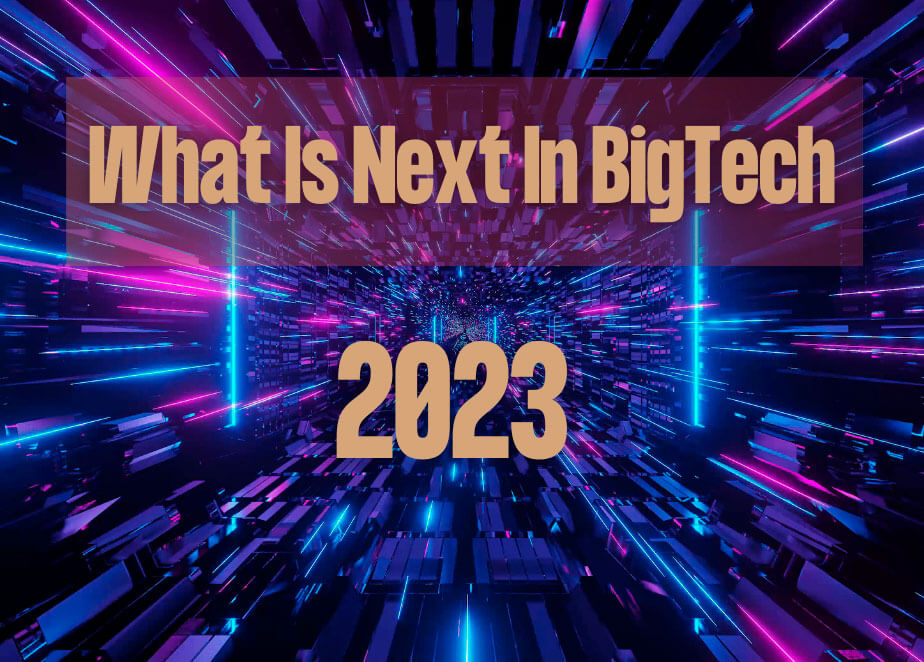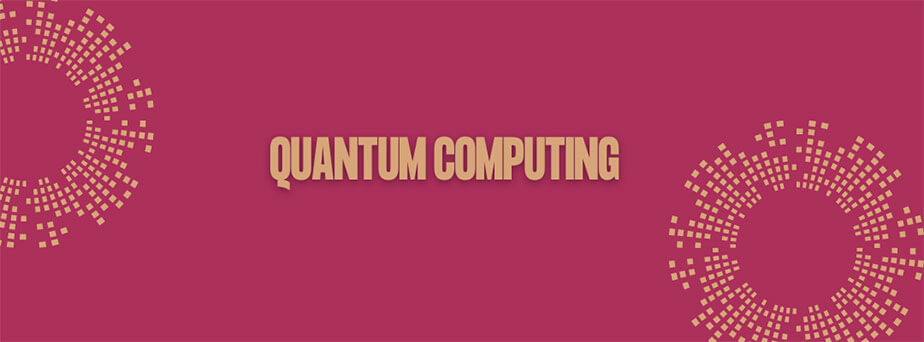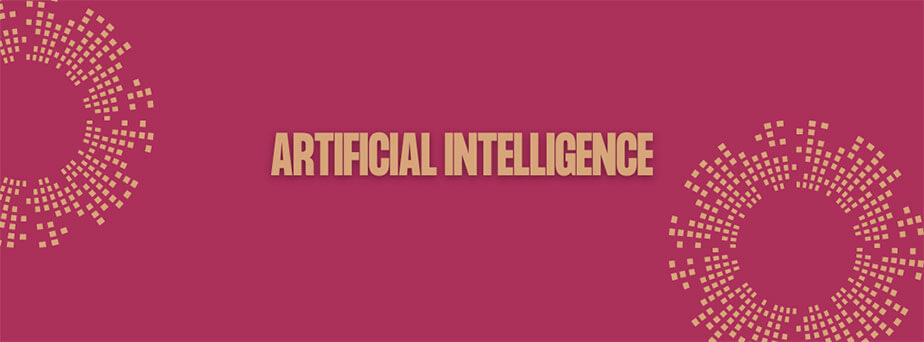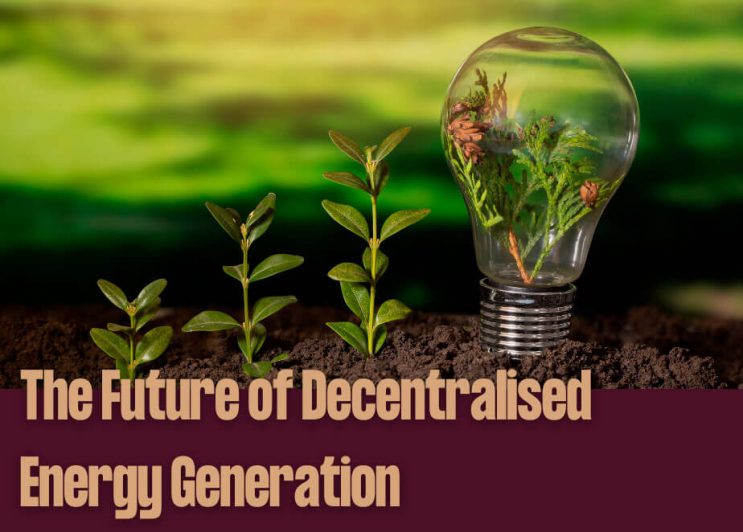Ventures in 2023: What Can be the Next Big Thing in Big Tech?

Introduction
Technology is a driving force of innovation, progress, and change in our society. From the internet to smartphones, from social media to artificial intelligence, the tech sector has transformed the way we live, work, and interact with each other. However, the pace of technological change is accelerating, and the stakes are getting higher. As new technologies emerge and mature, they create new opportunities and challenges, reshape industries and markets, and affect the lives of billions of people. Therefore, it is crucial to anticipate the next big thing in big tech in order to stay ahead of the curve, seize new opportunities, and mitigate risks.
In this article, we will explore four ventures that could be the next big thing in big tech: quantum computing, augmented reality, blockchain, and artificial intelligence. Each of these ventures represents a unique set of possibilities and challenges, and each has the potential to disrupt existing industries and create new ones. By examining these ventures, we hope to provide insights into the future of technology and inspire readers to think creatively and critically about the opportunities and challenges ahead.

Quantum Computing
Quantum computing is a computational paradigm that uses quantum-mechanical phenomena, such as superposition and entanglement, to perform operations on data. Unlike classical computing, where bits can only be in two states (0 or 1), quantum computing uses quantum bits (qubits) that can be in multiple states simultaneously, allowing for exponential speedup in certain types of calculations. Quantum computing has the potential to transform fields such as cryptography, materials science, drug discovery, and optimization.
Some current and potential applications of quantum computing include:
- Cryptography: quantum computers can break many of the commonly used encryption schemes that rely on the difficulty of factoring large numbers or computing discrete logarithms, which could have serious implications for cybersecurity.
- Materials science: quantum computers can simulate the behavior of molecules and materials at the quantum level, which could enable the discovery of new materials with desired properties.
- Drug discovery: quantum computers can analyze large databases of molecules and predict their properties and interactions with proteins, which could accelerate the development of new drugs and therapies.
- Optimization: quantum computers can solve certain types of optimization problems faster than classical computers, which could have applications in logistics, finance, and transportation.
The state of the art in quantum computing is still in its early stages, with current devices having a few dozen to a few hundred qubits and limited coherence times. However, there are many companies, universities, and research institutions working on improving the technology and scaling up the devices. The road ahead for quantum computing involves solving many technical challenges, such as improving qubit quality, reducing noise and errors, and developing new algorithms and applications. Additionally, there are societal and ethical questions to consider, such as the impact of quantum computing on cybersecurity, privacy, and the job market.

Augmented Reality
Augmented reality (AR) is a technology that overlays digital information, images, or animations onto the real world, usually through a mobile device or a headset. AR enhances the user’s perception of reality by adding context, interactivity, and entertainment to their environment. AR can be used for a variety of purposes, such as gaming, education, retail, and marketing.
Some current and potential uses of augmented reality include:
- Gaming: AR can create immersive and interactive gaming experiences that blend virtual objects and characters with real-world locations and objects, such as Pokemon Go, Ingress, and Minecraft Earth.
- Education: AR can enhance learning and engagement by adding visual and interactive elements to textbooks, posters, or museum exhibits, such as Anatomy 4D, AR Flashcards, and The Machines.
- Retail: AR can provide personalized and interactive shopping experiences that allow customers to try on clothes, visualize furniture, or preview products in their homes, such as IKEA Place, Sephora Virtual Artist, and Amazon AR View.
The technology behind augmented reality involves a combination of sensors, cameras, processors, and software that can detect the user’s position, orientation, and environment in real-time and render digital content accordingly. The future of AR is likely to include advancements in wearables, such as smart glasses, contact lenses, or brain-computer interfaces, that can provide a more seamless and natural AR experience. Additionally, the deployment of 5G networks can enable faster and more reliable data transfer, lower latency, and greater bandwidth, which can support more sophisticated AR applications and services. However, there are also challenges to overcome, such as privacy, security, and accessibility, as well as the need for more standards and regulations.

Blockchain
Blockchain is a distributed ledger technology that allows multiple parties to securely and transparently record and verify transactions without the need for intermediaries, such as banks or governments. Blockchain uses cryptographic techniques to ensure the integrity of the data and consensus mechanisms to ensure agreement among the participants. Blockchain has several advantages, such as decentralization, immutability, transparency, and efficiency, but also has some limitations, such as scalability, interoperability, and regulatory uncertainty.
Some current and potential applications of blockchain include:
- Cryptocurrencies: blockchain is the underlying technology for cryptocurrencies, such as Bitcoin, Ethereum, and Ripple, that enable peer-to-peer digital payments and store of value.
- Supply chain management: blockchain can provide end-to-end traceability and visibility of goods and services across multiple parties and locations, reducing fraud, counterfeiting, and waste, such as IBM Food Trust, Everledger, and Provenance.
- Identity management: blockchain can enable secure and decentralized identity verification and management, giving users control over their personal data and reducing identity theft and fraud, such as uPort, Civic, and SelfKey.
- Smart contracts: blockchain can automate and enforce the execution of complex and conditional agreements among parties, such as insurance claims, real estate transactions, and voting systems, such as Ethereum, EOS, and Tezos.
The obstacles and opportunities for blockchain adoption and innovation depend on several factors, such as the regulatory environment, the level of trust and collaboration among stakeholders, the technical and economic feasibility of the use cases, and the scalability and interoperability of the blockchain networks. Some challenges for blockchain adoption include the lack of standardization, the high energy consumption and carbon footprint of some consensus mechanisms, the potential for centralization and manipulation by powerful nodes, and the trade-offs between privacy and transparency. However, blockchain also offers opportunities for new business models, new forms of collaboration and value creation, and new ways of addressing social and environmental challenges. To achieve these opportunities, blockchain innovators and stakeholders need to address these challenges and work together to create a more inclusive, sustainable, and equitable blockchain ecosystem.

Artificial Intelligence
Artificial intelligence (AI) is a branch of computer science that aims to create machines that can perform tasks that typically require human intelligence, such as perception, reasoning, learning, and decision-making. AI uses techniques such as machine learning, natural language processing, computer vision, and robotics to analyze data, recognize patterns, and generate insights. AI has several current and potential impacts, such as improving efficiency, productivity, and quality of life, but also raises concerns about privacy, security, bias, and accountability.
Some examples of AI applications in healthcare, finance, and transportation include:
- Healthcare: AI can help diagnose and treat diseases, personalize healthcare, and improve patient outcomes, such as IBM Watson Health, Google DeepMind Health, and Babylon Health.
- Finance: AI can help detect fraud, optimize investments, and enhance customer experience, such as JP Morgan’s Contract Intelligence, Robinhood’s Automated Trading, and Bank of America’s Erica.
- Transportation: AI can help automate driving, reduce accidents, and improve traffic flow, such as Tesla’s Autopilot, Waymo’s Self-Driving Car, and Uber’s AI Prediction.
The ethics and governance of AI are critical issues that require attention and action from policymakers, researchers, and practitioners. AI raises questions about the fairness, transparency, and accountability of decision-making, the protection of privacy and security, and the potential for unintended consequences and social disruption. To address these issues, organizations and governments need to establish ethical and legal frameworks for AI development and deployment, ensure diversity and inclusiveness in AI design and implementation, and foster human-machine collaboration that empowers humans and enhances their well-being.
The potential for human-machine collaboration is one of the most promising aspects of AI, as it can leverage the strengths of both humans and machines to achieve better outcomes than either could alone. Human-machine collaboration can take various forms, such as augmentation, where machines assist humans in performing tasks, such as language translation or medical diagnosis, or automation, where machines replace humans in performing repetitive or hazardous tasks, such as manufacturing or mining. To enable effective human-machine collaboration, we need to develop new models of education, training, and work that prepare humans for the changing nature of work and enable them to work alongside machines in a harmonious and productive way.
Conclusion
The future of big tech depends on our ability to harness the power of technology in a way that benefits everyone, not just a privileged few. This requires us to embrace diversity and inclusion in technology development and deployment, foster collaboration and co-creation among stakeholders, and uphold ethical and human-centered values in all aspects of technology design and use. We have witnessed how companies like SpaceX, Neuralink, and OpenAI are pushing the boundaries of innovation and technology in space exploration, brain-machine interfaces, and artificial intelligence, respectively.
The world of technology is constantly evolving, and it is imperative to stay ahead of the curve to seize new opportunities and mitigate risks. In this article, we explored four potential ventures in big tech that could revolutionize industries and create new ones: quantum computing, augmented reality, blockchain, and artificial intelligence. Each venture has its own set of possibilities and challenges, ranging from technical hurdles to ethical dilemmas. However, they all share the potential to transform the way we live, work, and interact with each other. We also highlighted the importance of human-machine collaboration and the need for more inclusive and sustainable approaches to technology. By examining these ventures, we hope to inspire readers to think critically and creatively about the future of technology and its impact on society.
Strathsquare is a seed stage project initiator that provides required resources to entrepreneurs and innovators. We are driven by a sense of urgency to transition away from unsustainable technologies and processes, we believe that what we do should have a genuinely positive impact on society and our environment.
If you have an innovative idea
We are committed to supporting innovators who have the potential to make businesses more sustainable and for all.


